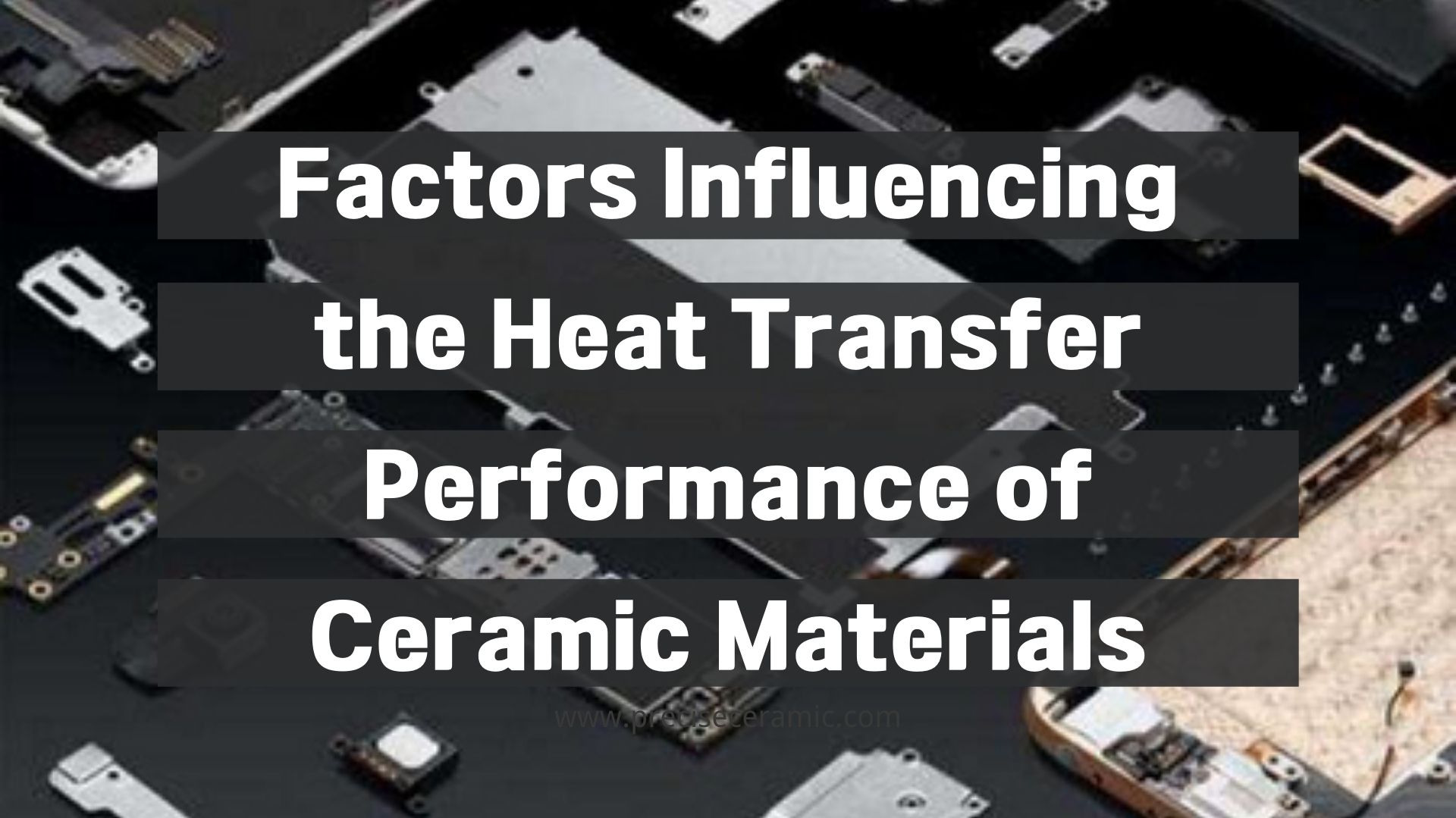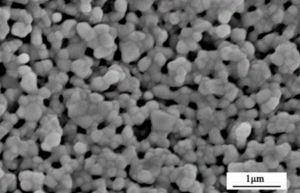- Alumina
- Boron Nitride
- Zirconia
- Other Ceramics
- Applications
- Contact

With the development of technology, thermal conductive ceramics, as a material with high thermal conductivity, high melting point, high hardness, high abrasion resistance, oxidation resistance, and corrosion resistance, have been used in the chemical industry, microelectronics, automobile, aerospace, aviation, paper making, laser, and other fields.
In order to extend the application range of heat-conducting ceramics, it is of great significance to improve its heat transfer performance. But before that, it is important to know what influences the thermal conductivity of ceramics. The following is a brief summary of the influencing factors.
There are three ways of heat transfer in ceramics: convection, radiation and heat conduction. The thermal conductivity of ceramics is related to its composition, internal structure, density, humidity, heat treatment temperature, pressure, and other factors.

The thermal conductivity of traditional ceramics is not good, and the reason for low thermal conductivity is inseparable from raw materials. The raw materials of traditional ceramics are mainly natural raw materials of clay, quartz, and feldspar which have poor thermal conductivity. Therefore, in order to improve the thermal conductivity of ceramics, the doped components have to go in. This method can be divided into two types according to the different properties of the doped components, one is to add nonmetallic materials to ceramics, and the other is to add metallic materials.
There is an example of adding non-metallic materials. The thermal conductivity of red tiles is better than that of ordinary tiles due to their Fe203 and mullite crystalline phase. The thermal conductivity of tiles can be improved by adding an appropriate amount of Al203, but the sintering temperature of ceramics can be increased by adding too much. In order to reduce the adverse effect, some researchers used the synergistic effect of graphene and alumina to change the internal structure of the material, thus obtaining the ceramic material with better thermal conductivity.
There’s another example of adding metal materials. The heat transfer performance of metal is better than that of most ceramics, and the combination of the two can effectively improve the thermal conductivity of ceramics. Some researchers have successfully prepared a stable metal osmotic gradient layer formed by the mutual diffusion of ceramic and copper metal, which effectively reduces the thermal resistance of ceramic materials.
In the process of sintering, there will be larger pores or bubbles in the body due to the presence of organics or inorganic salts, granular impurities (such as iron, unground residue particles, etc.) in the powder and excessive glass phase. It is inevitable that the appearance of pores will change the way of heat transfer in ceramic materials, which has a significant impact on heat transfer.
Heat conduction is the main mode of heat transfer in ceramics with high density and low temperature, while heat transfer modes such as convection, radiation and heat conduction exist in porous ceramics. Therefore, the pore size, distribution and connection mode should be considered comprehensively when the thermal conductivity of ceramics is analyzed.

High porosity ceramics
The effects of internal defects and microstructure on the thermal conductivity of ceramics are mainly determined by the phonon thermal conduction mechanism of the materials. All kinds of defects are the center of phonon scattering, so they can reduce the average free path of phonon and thermal conductivity. Internal defects are also the center of phonon scattering, and the more such centers, the more energy loss caused by phonon scattering. Therefore, while seeking effective methods to increase the thermal conductivity of materials, measures such as adding sintering aids and increasing sintering time should be taken to reduce the occurrence of defects in materials.
For example, both silicon carbide (SiC) and aluminum nitride (AlN) are commonly used high-heat conductive ceramics, and the mixture of them should have better thermal conductivity theoretically. However, the experimental results showed that although SiC ceramics became denser when a certain amount of AlN powder was added, there were differences in particle size, interatomic force and other forces between the impurities and the main atoms, and the resulting internal defects would lead to a reduction in the thermal conductivity of SiC ceramics.
Heat treatment is one of the most important processes in the ceramic manufacturing process, which will affect a series of physical and chemical changes in the blank, as well as the microstructure and mineral composition of the finished product. Different components of ceramics also change in the heat treatment process.
To sum up, in order to improve the heat transfer performance of ceramics, multiple variables should be considered together, such as improving the purity of ceramic materials, increasing the density of ceramic materials, reducing structural defects, reducing pores, reducing grain boundary and reducing glass phase, properly controlling the particle size and reasonable firing system. Besides, the addition of graphene, graphene-like, and other non-metallic materials to improve the thermal conductivity of ceramic materials may also be a means worth further study. For more information, please visit https://www.speciaLceramicparts.com/.
thank you for sharing about ceramics material
That was an excellent scratch in the surface. I do not know much about ceramics, and was looking for answers regarding a brazing station we are building. Came away from this article with an improved direction sense. Seems, like so many fields, the more you know, the more you understand how little you understand. This did help